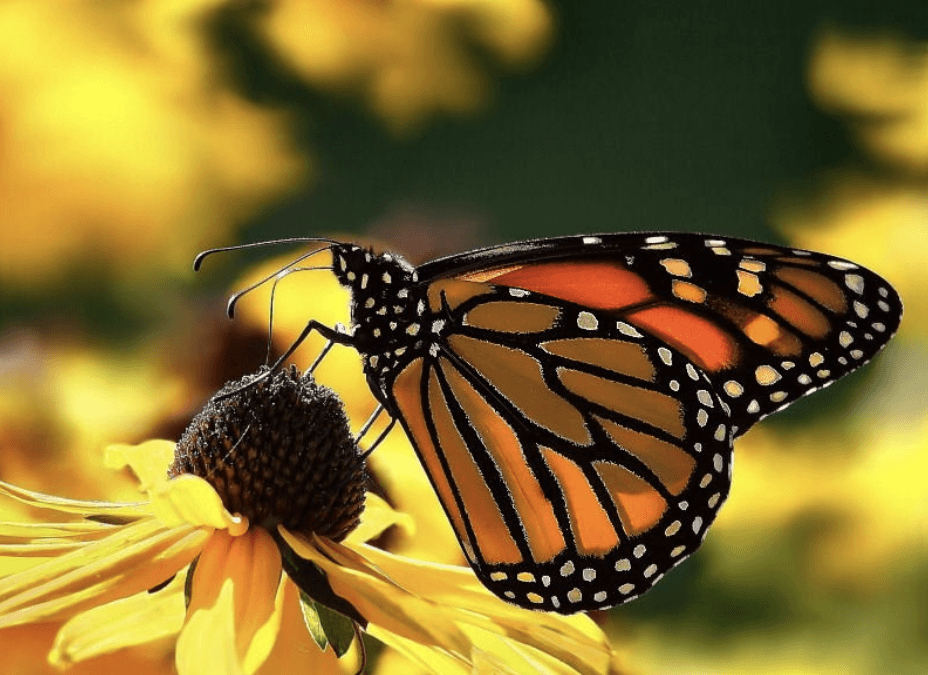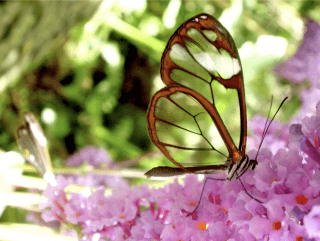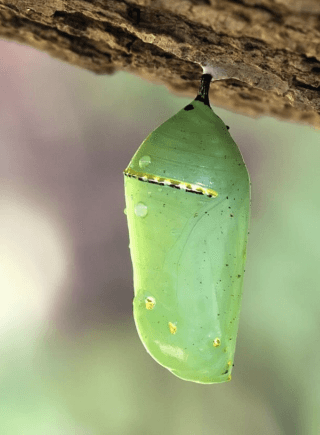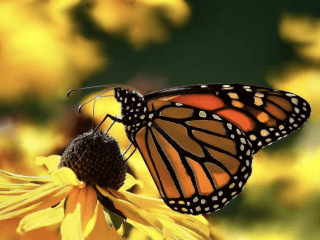Celebrate Beautiful Butterflies
March 14th is National Learn About Butterflies Day– so we thought we’d share a few interesting and fun facts about butterflies, along with tips on how you can help butterflies in Arkansas.
Fun Facts
- There are over 20,000 types of butterflies worldwide.
- Butterflies taste with their feet.
- Butterflies are mostly day-fliers, where moths are mostly night-fliers. Butterflies can fly from 5 to 30 mph.
- They cannot fly if their body temperature falls below 86 F, which is why we always see them on warm, sunny days.
- Butterflies have four life stages: egg, larva, pupa and adult. Adults can live from one week to a year depending on species.
- Butterfly wing spans can range from ½ inch to 11 inches.
- Many butterflies migrate over long distances. The most famous of these is the Monarch butterfly, which migrates from Mexico to northern USA.
- Butterflies are pollinators of some plants, but do not carry as much pollen as bees.
- Butterflies feed mainly on nectar with a large hollow two-part “tongue” called a proboscis which curls up when relaxed.
Things You Can Do to Celebrate These Beautiful Creatures
- Start a butterfly garden by planting native nectar-producing flowers that have red, yellow, orange, pink or purple blossoms in sunny locations. Even a bright balcony will work! Butterflies like to eat and sit in the sun in open spaces. Logs, flat rocks, ponds, and bird baths are great locations for butterfly gardens.
- To help Monarchs, join a citizen science program such as Monarch Watch to help track Monarch migration, breeding and habitat throughout the US. Alternatively plant native milkweed plants! The Fayetteville City Parks & Recreation gives away free milkweed plants at the Fayetteville Farmer’s market around late April.
- Visit the Butterfly at Botanical Gardens of the Ozarks. The Butterfly Garden, also known as the “butterfly pathway,” leads to the Butterfly House. This garden is filled with host and nectar plants to attract native butterflies. It is certified and registered by Monarch Watch as a Monarch Waystation, which means it provides milkweeds, nectar sources and shelter needed to sustain monarch butterflies as they migrate through North
- Participate in butterfly research. The Botanical Garden of the Ozarks has teamed up with University of Arkansas professor Dr. Erica Westerman and the Northwest Arkansas community to study whether butterfly wing pattern (color & size) can be used to predict butterfly behavior; particularly what flowers they visit, what time of day they are active and what weather conditions they fly in. Your task, if you choose to accept it, is to pick up a checklist from the BGO Visitors Center and then keep your eyes out for butterflies as you travel through the garden. https://www.bgozarks.org/butterfly-research/
- Lastly, avoid pesticides as much as possible, especially those with diazinon, Sevin and malathion.
However you choose to celebrate the day, remember that butterflies are beautiful, an important part of the food chain and good indicators of the ecological quality of a habitat.
By Jan Partain, Biodiversity Coordinator.



